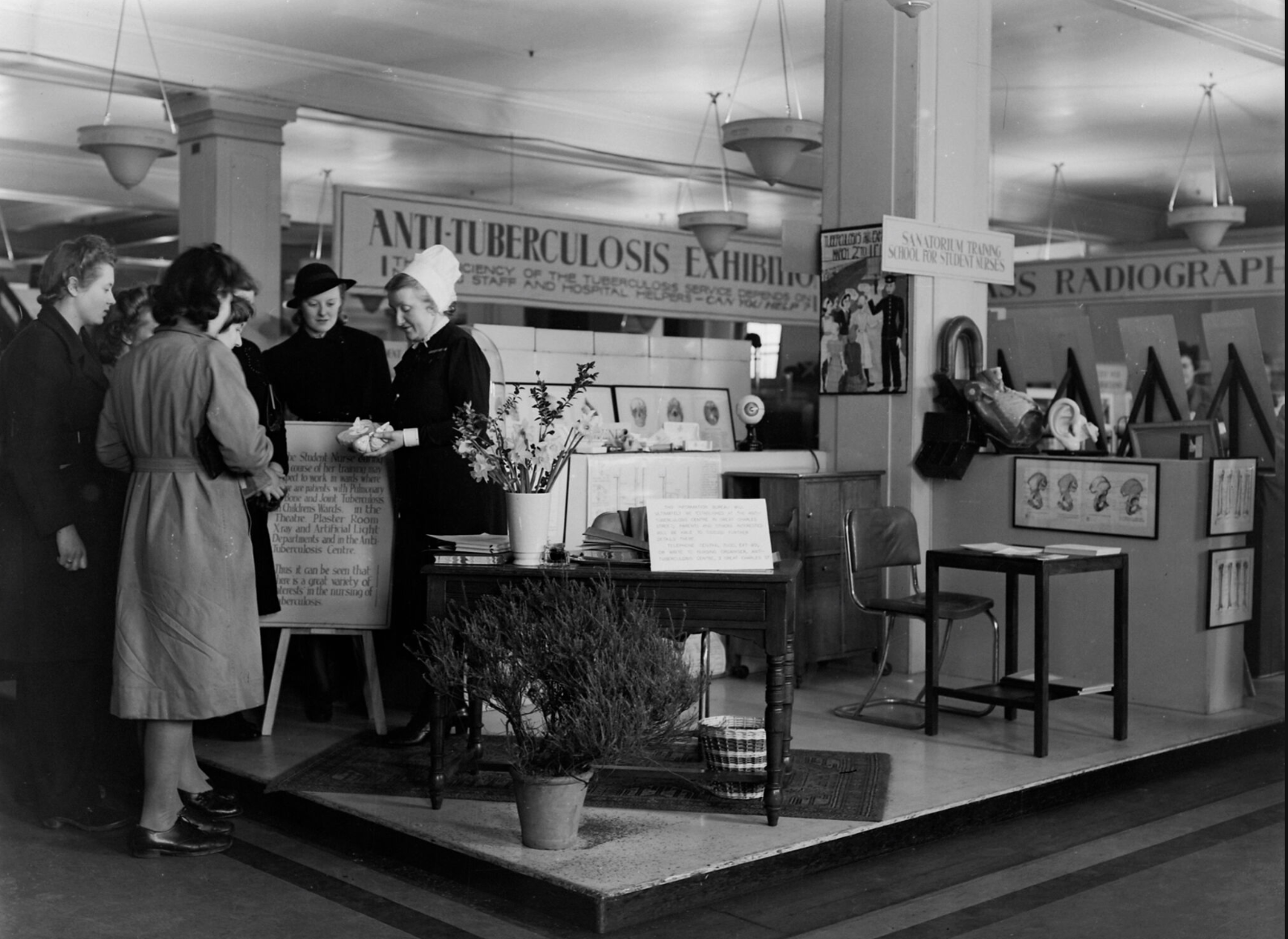
-
Source
Penicillin in Spain
Historically, Spain has recorded one of the highest rates of antibiotic consumption in the European Region. The reasons are manifold, but relate to the country’s history, culture and politics. After the civil war ended in 1939, and in the aftermath of the Second World War, a legacy of a broken health system, widespread poverty, high infection rates and social taboos around sexually transmitted diseases combined with the sporadic appearance of a new wonder drug penicillin to usher in a period of high levels of antibiotic production and consumption. General Francesco Franco identified penicillin as a miracle cure, as one pillar of his post-war promises. Its manufacture in Spain was part of his despotic industrial policy and the building of a self-sufficient modern state. Penicillin became a “state-controlled symbol of recovery” that helped to create an era of consumption. The repressive dictatorship viewed infections as matters of civilian and political order. Mass production and sales (most of which were over-the-counter without prescription), the normalization of antibiotic treatment, and the linking of national recovery to medicine availability combined to produce high levels of use and resistance.
Photo by SPACEDEZERT on Unsplash




